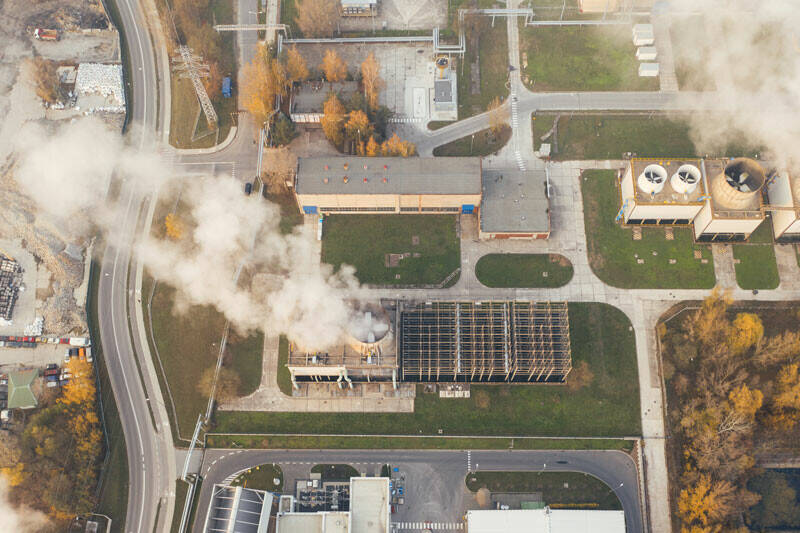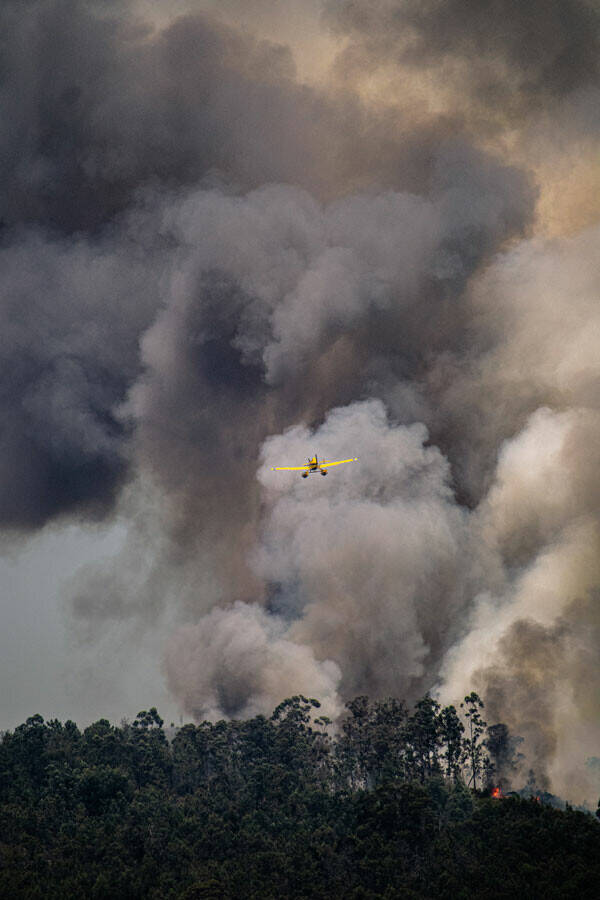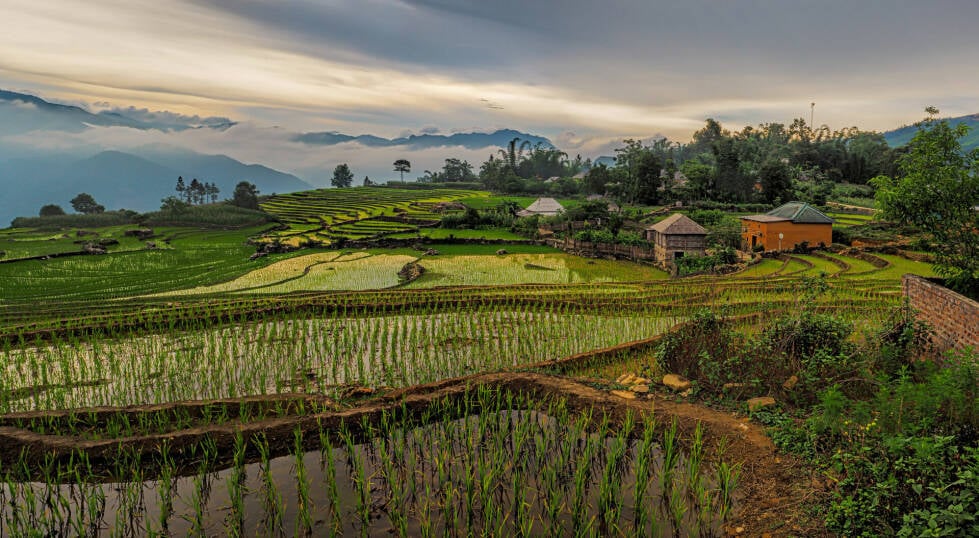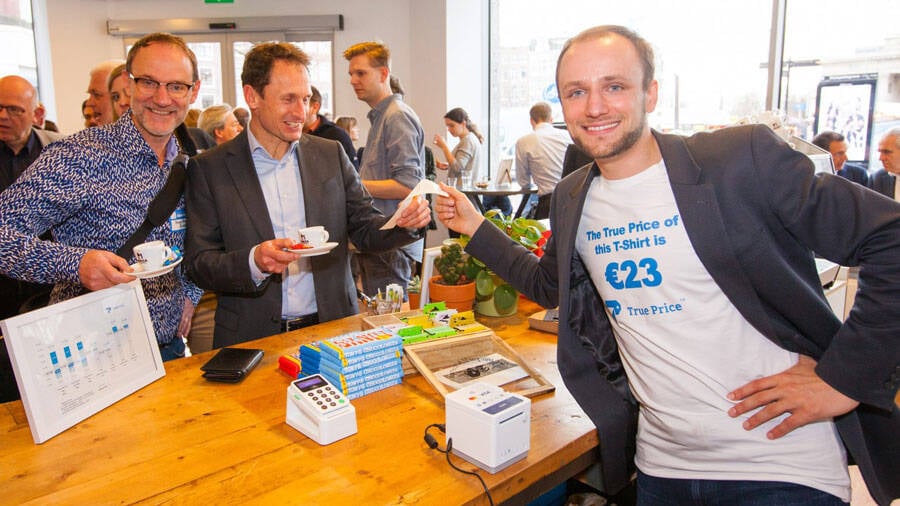The Sustainable Rice Platform’s goal is to create better living conditions for farmers and increase their income through more efficient cultivation and harvesting methods. At the same time, this method reduces water consumption and CO₂ emissions, making it better for the environment. The platform is led by the United Nations Development Program (UNDP) and has defined a sustainability standard for rice. Based on 8 different topics, including water use, pesticide use and labor rights, a total of 41 requirements have been drawn up. Experience shows that applying this standard saves up to 20% water, reduces greenhouse gas emissions by 50% and increases farmers' incomes by 10-15%.
Sustainable Rice Platform
A platform that sets an example in how we should change the production of food so that it affects the earth less, and gives farmers a more fair price for their product, is the Sustainable Rice Platform. Rice provides livelihoods for nearly 1 billion people, but that livelihood lacks resilience. The world’s 144 million rice smallholders disproportionately bear the risks of production, but are inadequately equipped to safeguard their livelihoods against turmoil – ranging from the current COVID-19 pandemic and its health and economic impacts, to the climate crisis. Paradoxically, those who grow food are among the world’s most vulnerable and food-insecure.

True Price Michel Scholte
True Price store Michel Scholte

The retail price is the price we’re used to paying, and takes into account the economic and market forces, as well as traditional profit margins.
Social costs is an umbrella term including inequality in labor conditions. What would a product cost if it was produced without child or slave labor, for fair wages in safe conditions? Social costs also include racial or gender inequality, and any other societal issues standing in the way of equal rights to a good and dignified life for all.
Environmental costs include the toll production and distribution takes on our planet. Environmental costs include carbon emissions, air pollution, soil erosion, deforestation, loss of biodiversity, animal welfare, and other factors of the reality of climate change.

True Price = retail price plus social costs + environmental costs
What is true price?
But what are these costs? How do you calculate the true price of food? At the True Price store in Amsterdam, the first of its kind in the world, they summarize the calculation like this:
Hidden costs in the production of food
Of course there are many different solutions that can contribute to a healthier and more fair food system. But a good place to start is looking at how sustainability and social security can be improved at the same time. The true price movement is a movement that aims to do so. True cost accounting seeks to measure the impact of economic activities (such as production) on the value of natural and social capital in monetary terms. A growing number of farmers and businesses are advocating for increasing transparency and revealing hidden costs in the production of food


Food Security vs. Sustainability
Back in 2015, when the United Nations Sustainable Development Goals (SDGs) were established throughout the world, number two on the list was: ending worldwide hunger by 2030. However since then, the number of people living without sufficient amounts of food has increased with 60 million people, to a total of 690 million.
At the same time our food system is affecting the climate and environment. Forest fires, floods and heat waves are making it more and more apparent something needs to be done. If we want to continue to feed the growing number of people in the world, but also keep the earth a livable place, our food system needs to change.
Lisa Appels Xiao-Er Kong
As the world population keeps growing and humans are increasingly influencing the environment with the way we produce food, the question arises; how do we feed the world sustainably?
Food security and sustainability should go hand in hand
How do we feed the world sustainably?

trendwatch
3 min

Sustainable Rice Platform
A platform that sets an example in how we should change the production of food so that it affects the earth less, and gives farmers a more fair price for their product, is the Sustainable Rice Platform. Rice provides livelihoods for nearly 1 billion people, but that livelihood lacks resilience. The world’s 144 million rice smallholders disproportionately bear the risks of production, but are inadequately equipped to safeguard their livelihoods against turmoil – ranging from the current COVID-19 pandemic and its health and economic impacts, to the climate crisis. Paradoxically, those who grow food are among the world’s most vulnerable and food-insecure.
The Sustainable Rice Platform’s goal is to create better living conditions for farmers and increase their income through more efficient cultivation and harvesting methods. At the same time, this method reduces water consumption and CO₂ emissions, making it better for the environment. The platform is led by the United Nations Development Program (UNDP) and has defined a sustainability standard for rice. Based on 8 different topics, including water use, pesticide use and labor rights, a total of 41 requirements have been drawn up. Experience shows that applying this standard saves up to 20% water, reduces greenhouse gas emissions by 50% and increases farmers' incomes by 10-15%.

True Price store Michel Scholte

The retail price is the price we’re used to paying, and takes into account the economic and market forces, as well as traditional profit margins.
Social costs is an umbrella term including inequality in labor conditions. What would a product cost if it was produced without child or slave labor, for fair wages in safe conditions? Social costs also include racial or gender inequality, and any other societal issues standing in the way of equal rights to a good and dignified life for all.
Environmental costs include the toll production and distribution takes on our planet. Environmental costs include carbon emissions, air pollution, soil erosion, deforestation, loss of biodiversity, animal welfare, and other factors of the reality of climate change.

True Price = retail price plus social costs + environmental costs
What is true price?
But what are these costs? How do you calculate the true price of food? At the True Price store in Amsterdam, the first of its kind in the world, they summarize the calculation like this:
Hidden costs in the production of food
Of course there are many different solutions that can contribute to a healthier and more fair food system. But a good place to start is looking at how sustainability and social security can be improved at the same time. The true price movement is a movement that aims to do so. True cost accounting seeks to measure the impact of economic activities (such as production) on the value of natural and social capital in monetary terms. A growing number of farmers and businesses are advocating for increasing transparency and revealing hidden costs in the production of food

Food Security vs. Sustainability
Back in 2015, when the United Nations Sustainable Development Goals (SDGs) were established throughout the world, number two on the list was: ending worldwide hunger by 2030. However since then, the number of people living without sufficient amounts of food has increased with 60 million people, to a total of 690 million.
At the same time our food system is affecting the climate and environment. Forest fires, floods and heat waves are making it more and more apparent something needs to be done. If we want to continue to feed the growing number of people in the world, but also keep the earth a livable place, our food system needs to change.
Lisa Appels Xiao-Er Kong
As the world population keeps growing and humans are increasingly influencing the environment with the way we produce food, the question arises; how do we feed the world sustainably?
How do we feed the world sustainably?
Food security and sustainability should go hand in hand

3 min













